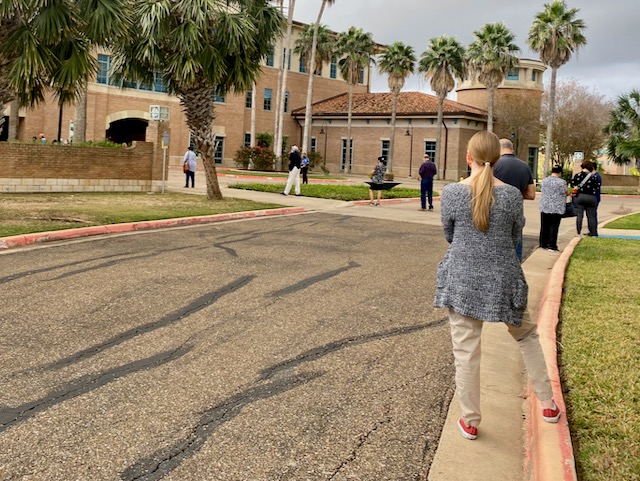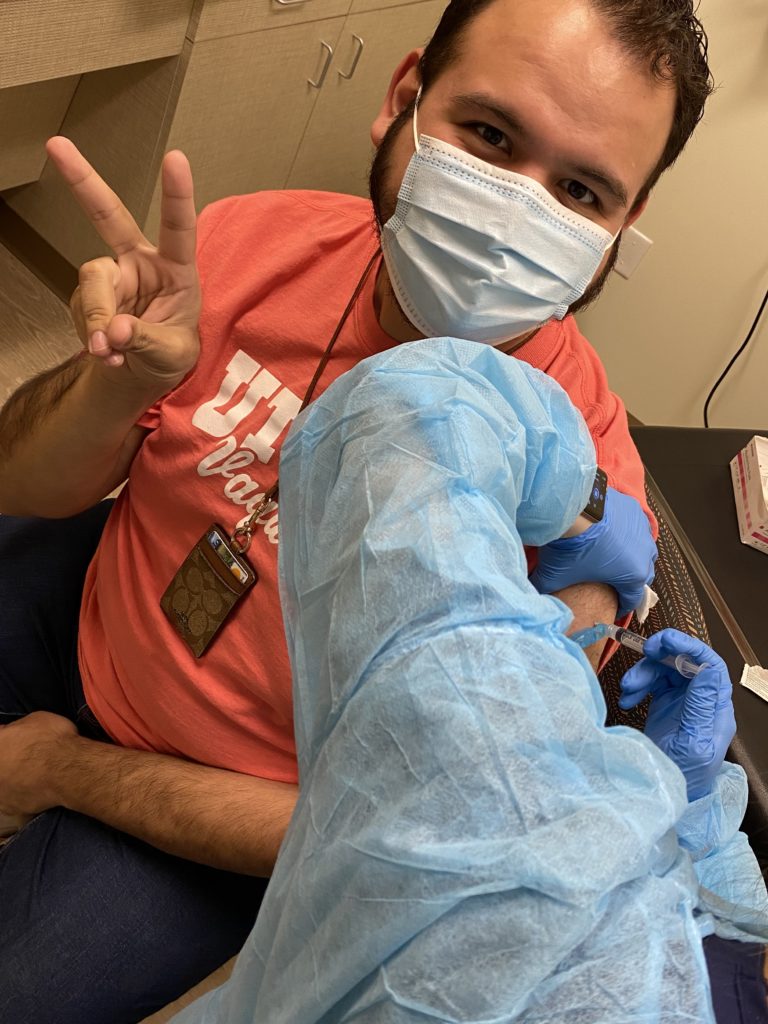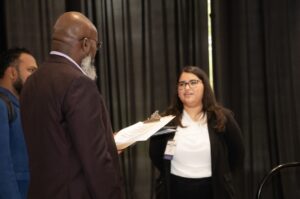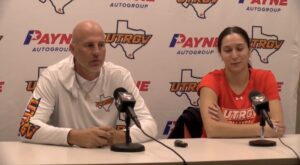

It was Dec. 22 and I heard the familiar chime of Outlook letting me know I had an email. I should add that I receive a lot of emails throughout the day — but this one was different.
It was an email informing UTRGV faculty, staff and student employees that COVID-19 vaccinations were going to begin to be offered to those with certain medical conditions.
An audible sigh of relief came out because in my mind, this was going to be the final level in the Jumanji-like year we had just endured.
Phase 1B of the Texas COVID-19 distribution allowed people like me, with conditions such as autoimmune diseases and Type 2 diabetes, to register.
I received my first dose of the Moderna vaccine on Dec. 29 and became fully vaccinated on Jan. 27.

Though the vaccine is not the be-all-end-all, it has allowed me to breathe a little easier, pardon the pun.
According to the Centers for Disease Control website, the Moderna vaccine is a mRNA vaccine which is unlike traditional vaccination methods.
The website says a traditional vaccine uses a weakened strain of the virus to trigger an immune response.
The CDC says an mRNA vaccine teaches the body how to create a harmless spike protein, similar to one found on the surface of the COVID-19 virus.
Once our body realizes the spike shouldn’t be there, it creates antibodies to fight against the virus, just like would happen naturally for a person who was infected.
The vaccine is given by an injection into the upper arm muscle and can cause some pain and discomfort for some as it did to me.
My first dose was received without any side effects other than some soreness. However, by my second dose, I did develop a slight fever and muscle aches, which are common side effects.
To the friends and family that asked me about my vaccine, I continue to say it’s my part of contribution to society and moving forward. For me, contracting the virus outweighed the side effects .
To those who still worry about receiving their vaccine, I offer this advice. Speak with your family medical providers or research through credible sources. Knowledge is power.
In an email update from UT Health RGV on Jan. 29, over 3,000 people have been fully vaccinated and more than 4,000 have received their first dose of the vaccine.
However, more than 55,000 remain registered for the vaccine as a limited supply of vaccines from the Texas Department of State Health Services (DSHS) make their way to the Rio Grande Valley.
If you are interested in when and where the next vaccination will be, visit the DSHS’s website for more information.
For Vaquero News, I’m Justin Elizalde.
Twitter: @justinjelizalde



